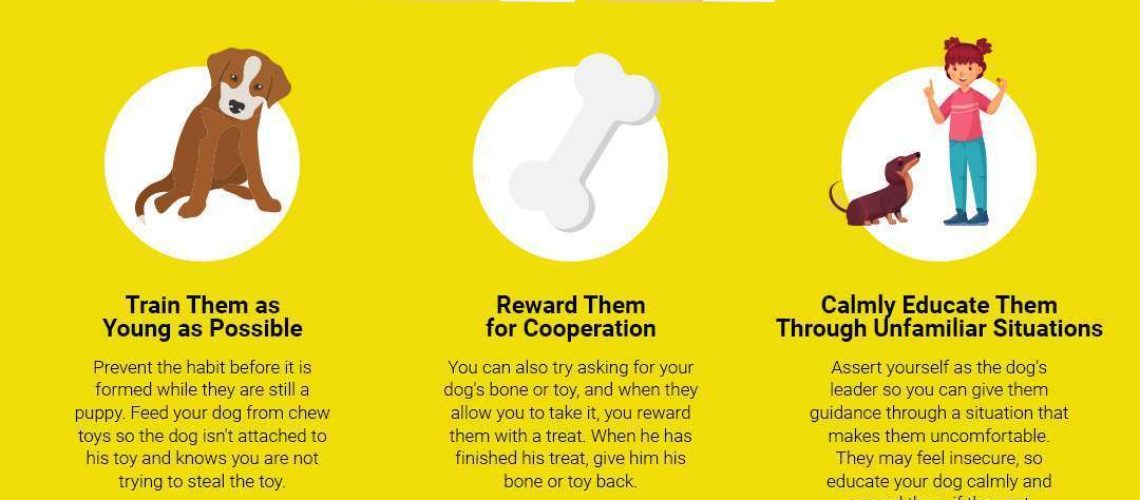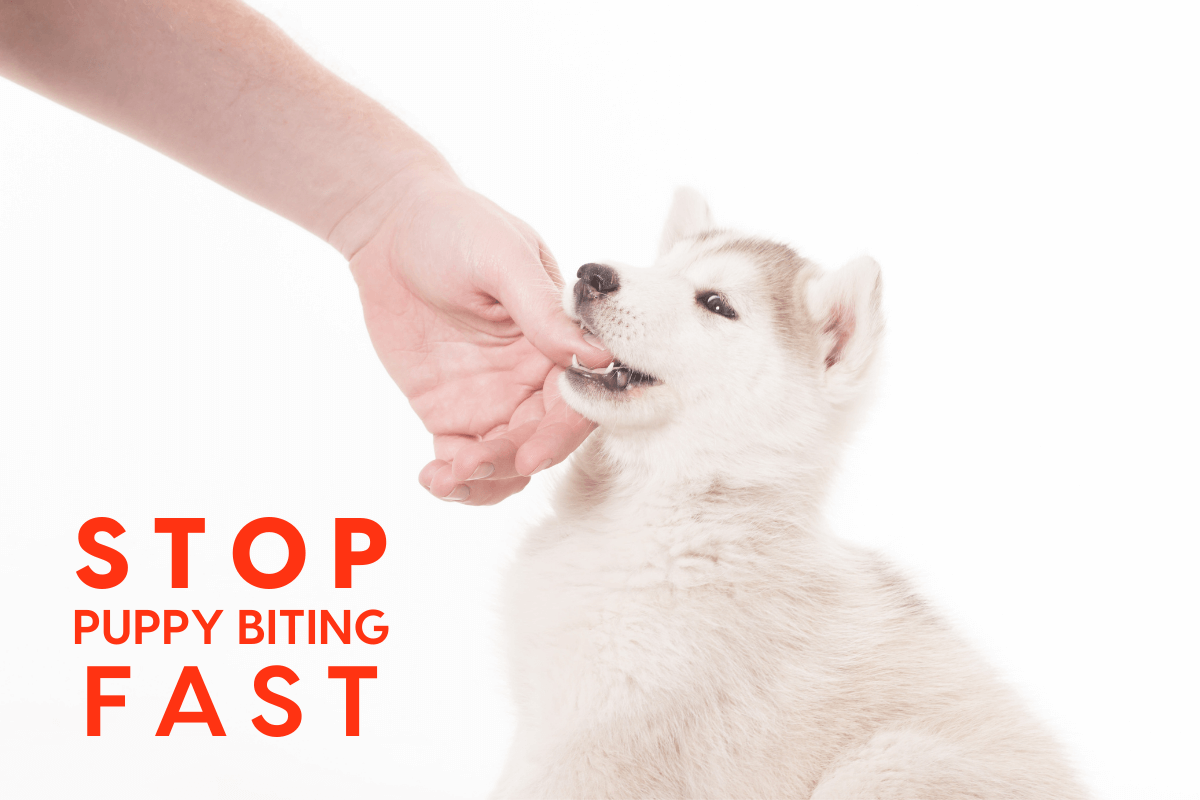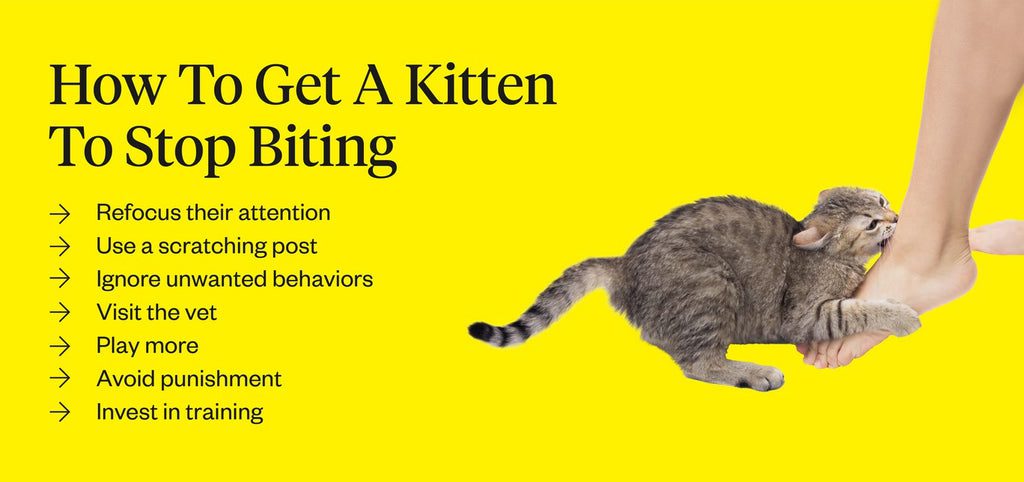Key Takeaways:
- Start training your dog to have bite inhibition from a young age to prevent aggressive behavior in the future.
- Teach your dog that biting humans is never acceptable by redirecting their attention to appropriate chew toys.
- Use positive reinforcement techniques, such as rewards and praise, to encourage gentle mouthing and discourage hard biting.
- Consistency is key in training your dog's bite inhibition. Set clear boundaries and enforce them consistently to avoid confusion.
- If your dog does accidentally bite too hard, yelp or make a high-pitched noise to signal pain, then immediately withdraw attention to teach them that rough play leads to loss of interaction.
Are you tired of your dog's aggressive behavior? Do you worry about the safety of your family, friends, and even strangers around your furry friend? Well, we have some good news for you! By understanding how to train your dog to have bite inhibition, you can create a safe and harmonious environment for everyone. Bite inhibition is a crucial skill that every dog should possess as it helps them control the force of their bites. Not only does this prevent accidents and injuries, but it also builds trust between you and your pet. In this guide, we will explore effective techniques to teach your dog bite inhibition without causing harm or distress. Get ready to transform your four-legged companion into a well-behaved and gentle companion!
The Importance of Bite Inhibition in Dog Training
Why is bite inhibition important?
Bite inhibition is a crucial skill for dogs to learn because it helps prevent them from causing harm when they play or interact with humans or other animals. Dogs have powerful jaws, and if they do not learn to control the force of their bites, they can accidentally hurt someone or another animal. By teaching your dog bite inhibition, you are ensuring that they understand how to use their mouth gently and avoid causing injury.
How does bite inhibition benefit dogs?
In addition to preventing accidental injuries, bite inhibition also allows dogs to better communicate and interact with others. Dogs that have learned bite inhibition are more likely to engage in appropriate play behavior without becoming overly aggressive. They can gauge the strength of their bites and adjust accordingly, making them more socially accepted by other dogs and humans. This skill also builds trust between the dog and its owner, as the owner knows that the dog can control its biting instincts.
Simple Steps to Teach Your Dog Bite Inhibition
Teaching your dog bite inhibition can be done through a series of simple steps that gradually help them understand how much pressure is acceptable when using their mouth.
1. Start by playing with your dog using toys instead of hands. This way, you can redirect their biting behavior onto appropriate objects.
2. Whenever your dog bites too hard during playtime, let out a high-pitched yelp or say "ouch" loudly to startle them. This mimics how other dogs would react if bitten too hard.
3. Immediately stop playing and ignore your dog for a short period after they bite too hard. This teaches them that rough play leads to the end of fun.
4. Resume play after a brief pause but closely monitor your dog's biting intensity. If they continue to bite too hard, repeat the yelping and pausing process.
5. Reward your dog with treats and praise when they play gently without biting too hard. Positive reinforcement helps reinforce the desired behavior.
Using Positive Reinforcement to Encourage Bite Inhibition in Your Dog
Positive reinforcement is a highly effective method for teaching dogs bite inhibition. By rewarding your dog for exhibiting gentle play behavior, you are encouraging them to continue using their mouth softly.
1. Keep a supply of small, tasty treats handy during playtime with your dog.
2. Whenever your dog plays gently without biting too hard, immediately give them a treat and offer verbal praise such as "good boy" or "good girl."
3. Consistently reward gentle play behavior to reinforce the idea that playing softly leads to positive outcomes.
4. Gradually reduce the frequency of treats over time but continue to provide verbal praise.
5. If your dog starts biting too hard again, go back to using treats more frequently as a reminder of what behavior is expected.
Remember, positive reinforcement works best when rewards are given immediately after the desired behavior occurs.
Mistakes to Avoid While Training Your Dog's Bite Inhibition
While teaching bite inhibition, it's important to avoid certain mistakes that could hinder your progress or confuse your dog.
1. Avoid physical punishment: Physical punishment can lead to fear and aggression in dogs, making it counterproductive in bite inhibition training.
2. Don't encourage rough play: Rough play can escalate into biting too hard, so discourage any behaviors that may trigger excessive excitement or aggression.
3. Avoid inconsistent reactions: Be consistent in how you react when your dog bites too hard. Inconsistency can confuse your dog and make it harder for them to understand what is expected of them.
4. Don't force their mouth shut: Forcing a dog's mouth shut can be seen as an aggressive act and may cause them to become defensive or fearful.
5. Avoid pulling away quickly: Pulling your hand away quickly when your dog bites too hard can inadvertently encourage them to chase after it, reinforcing the biting behavior.
By avoiding these mistakes, you can create a positive and effective learning environment for your dog during bite inhibition training.
Gradually Increasing Playtime Pressure with Your Dog
To help your dog develop better bite inhibition skills, it's important to gradually increase playtime pressure over time. This helps them learn how to control their biting force in different situations.
1. Start with gentle play sessions using soft toys or treats. Encourage your dog to interact with the toy without using excessive force.
2. Slowly introduce slightly more pressure during play by gently tugging on the toy or applying slight resistance when they bite down.
3. Monitor your dog's response and adjust the pressure accordingly. If they start biting too hard, revert back to gentler play until they demonstrate better control.
4. As your dog becomes more adept at controlling their bites, gradually increase the pressure during playtime in a controlled manner.
5. Continue rewarding and praising your dog whenever they exhibit appropriate bite inhibition skills during play.
Remember to always prioritize safety and never allow rough play that could lead to injury.
The Role of Socialization in Developing a Dog's Bite Inhibition Skills
Socialization plays a crucial role in developing a dog's bite inhibition skills. By exposing your dog to various people, animals, and environments from an early age, you are helping them learn appropriate behavior and communication cues.
1. Introduce your puppy to different dogs of various ages and sizes in controlled environments such as puppy classes or socialization groups.
2. Supervise all interactions between your puppy and other dogs or animals closely, intervening if necessary to prevent rough play or excessive biting.
3. Expose your puppy to different people, including children and strangers, to help them become comfortable with various human interactions.
4. Encourage gentle play during socialization sessions and reward your dog for exhibiting appropriate bite inhibition skills.
5. Gradually expose your dog to different environments, noises, and stimuli to help them adapt and remain calm in various situations.
Socialization helps dogs develop good bite inhibition habits by teaching them how to interact appropriately with others without resorting to excessive biting or aggression.
How Long Does it Take for a Dog to Learn Good Bite Inhibition Habits?
The time it takes for a dog to learn good bite inhibition habits can vary depending on the individual dog's temperament, age, and consistency of training. However, with proper training and consistent reinforcement, most dogs can develop good bite inhibition within a few weeks to several months.
It's important to remember that each dog is unique and may progress at their own pace. Some dogs may require more time and repetition before fully grasping the concept of gentle play. Patience and consistency are key when teaching bite inhibition.
Additionally, ongoing reinforcement throughout the dog's life is essential to maintain their bite inhibition skills. Regularly practicing gentle play and rewarding appropriate behavior will help reinforce the desired habits over time.
By investing time and effort into teaching your dog bite inhibition, you are providing them with valuable skills that will contribute to their overall well-being and positive interactions with others.
In conclusion, teaching your dog bite inhibition is important to ensure their safety and the safety of others. By using positive reinforcement and consistent training techniques, you can help your dog learn to control their biting instincts and become a well-behaved companion.
How do I teach my dog to bite inhibition?
If your puppy bites too hard, firmly say "ouch." If the biting persists, say "ouch" and take a break from playing for a few minutes. Your puppy will soon understand that it needs to be gentle with its mouth to continue playing with you.
How do you encourage bite inhibition?
One training technique is to let the puppy mouth for about 15 seconds, then use the command "off" and provide a food reward or toy as a reward. The puppy must stop mouthing in order to receive the reward, which also serves as positive reinforcement. After receiving the reward, the puppy can resume mouthing for another 10 to 15 seconds if desired, and then repeat the exercise.
How long does it take to teach bite inhibition?
Puppies acquire this knowledge while engaging in play fights with their mother and siblings, and by the time they are 16 weeks old, they should have learned not to bite forcefully. However, not all dogs have the opportunity to learn this skill from their mothers, and it is crucial for your dog to learn it. It is common for puppies to enjoy biting and mouthing.
How long does it take for a puppy to learn bite inhibition?
For most dogs without aggression problems, the issue is usually that they don't realize it is their responsibility to be gentle with their mouths. Dogs learn bite inhibition when they are young, typically between 3 to 5 months old.
Why does my dog bite me aggressively?
Dogs may display aggression towards their family members for various reasons. The most frequent causes include aggression stemming from conflicts, fear, defensiveness, status issues, possessiveness, food guarding, and redirected aggression.
Can you teach an adult dog bite inhibition?
It is more difficult to train an adult dog to control their biting compared to a puppy. When a dog is in a highly emotional state, they tend to go back to their ingrained behaviors, even if they have learned to control their biting in calmer situations.

















